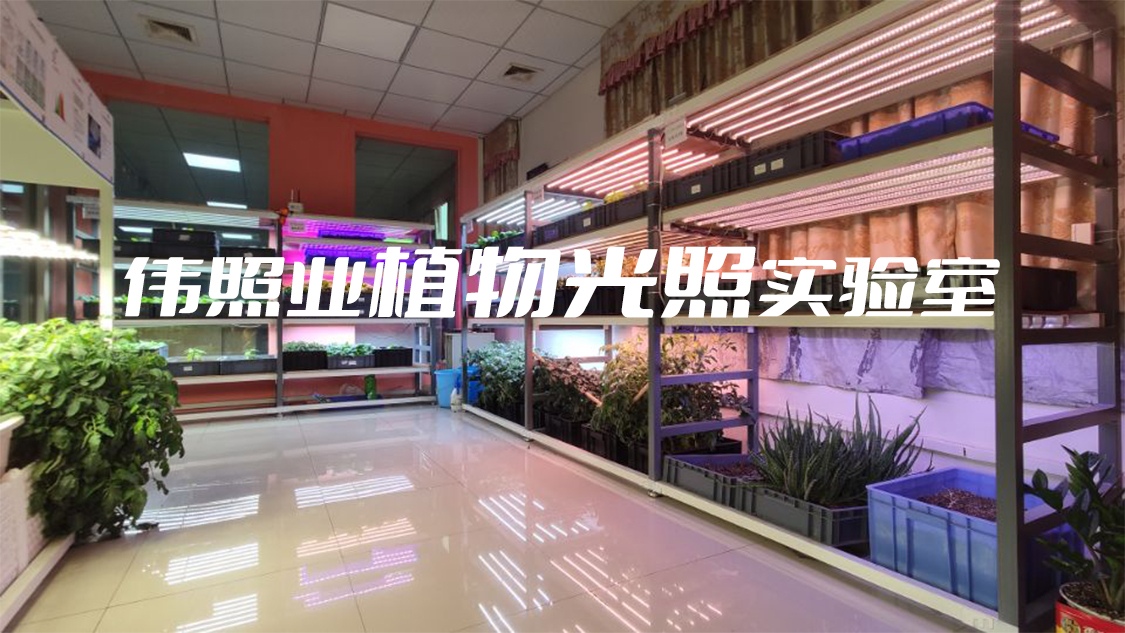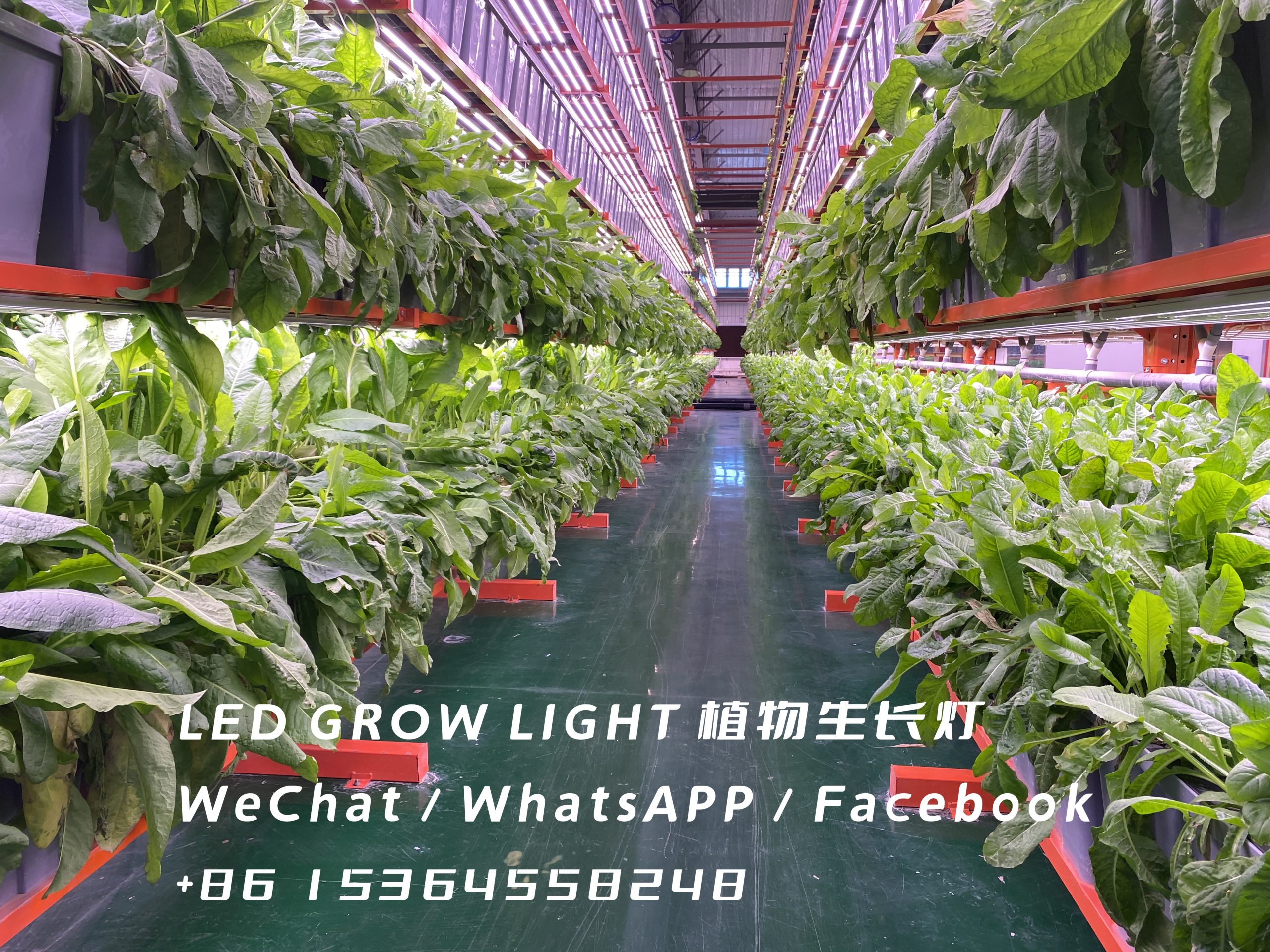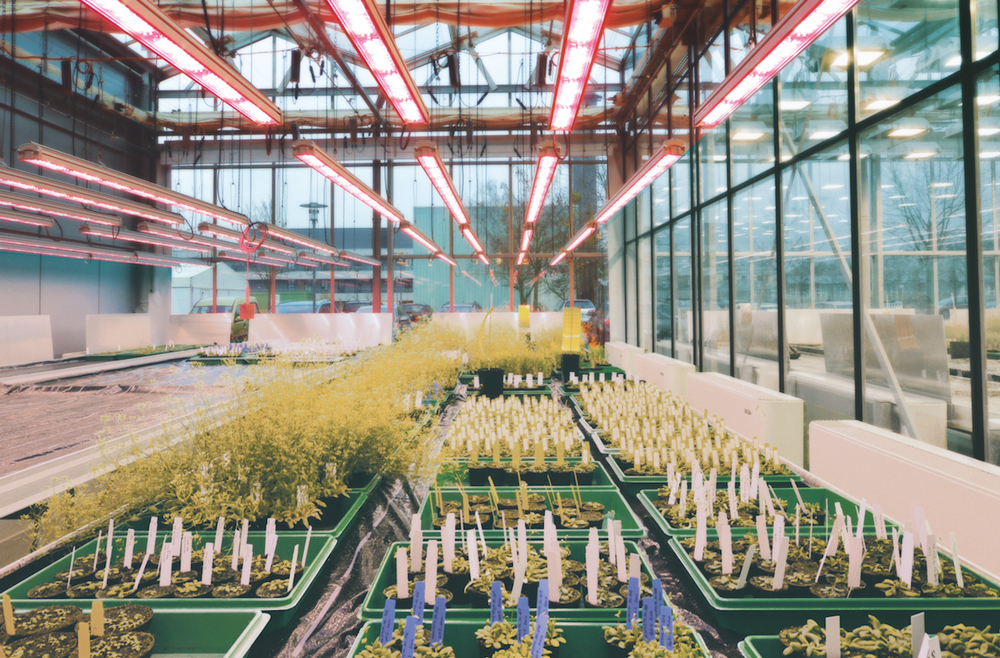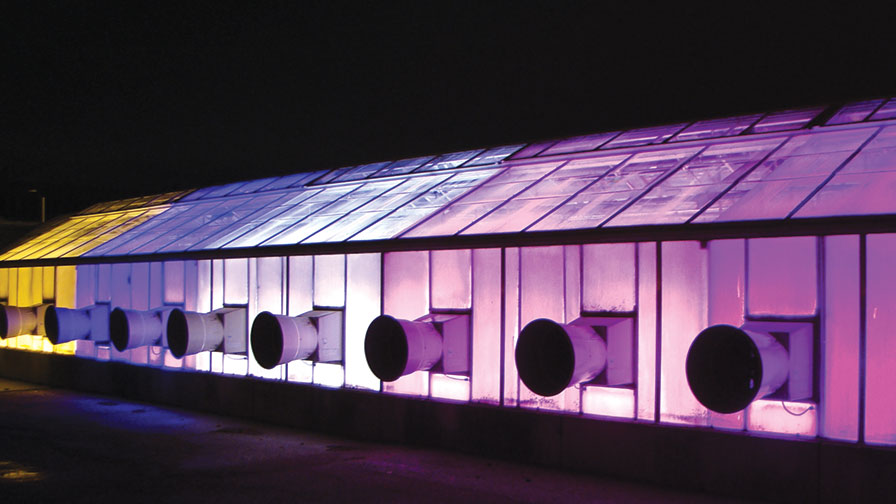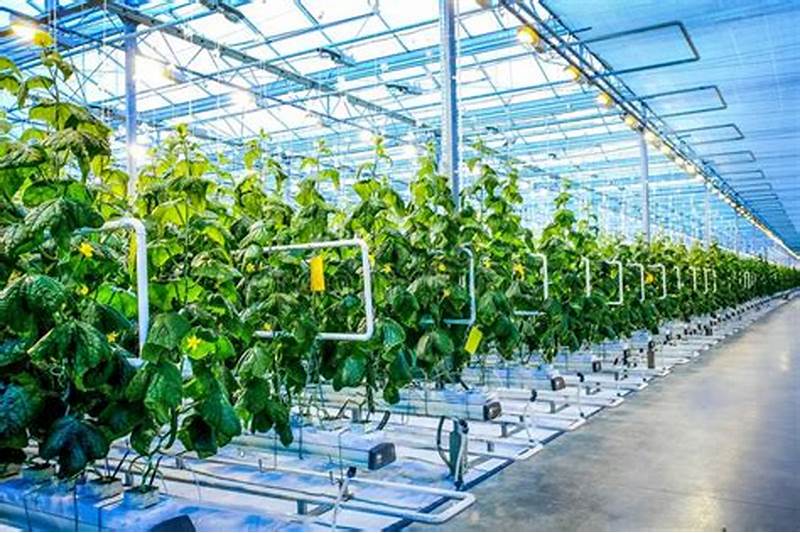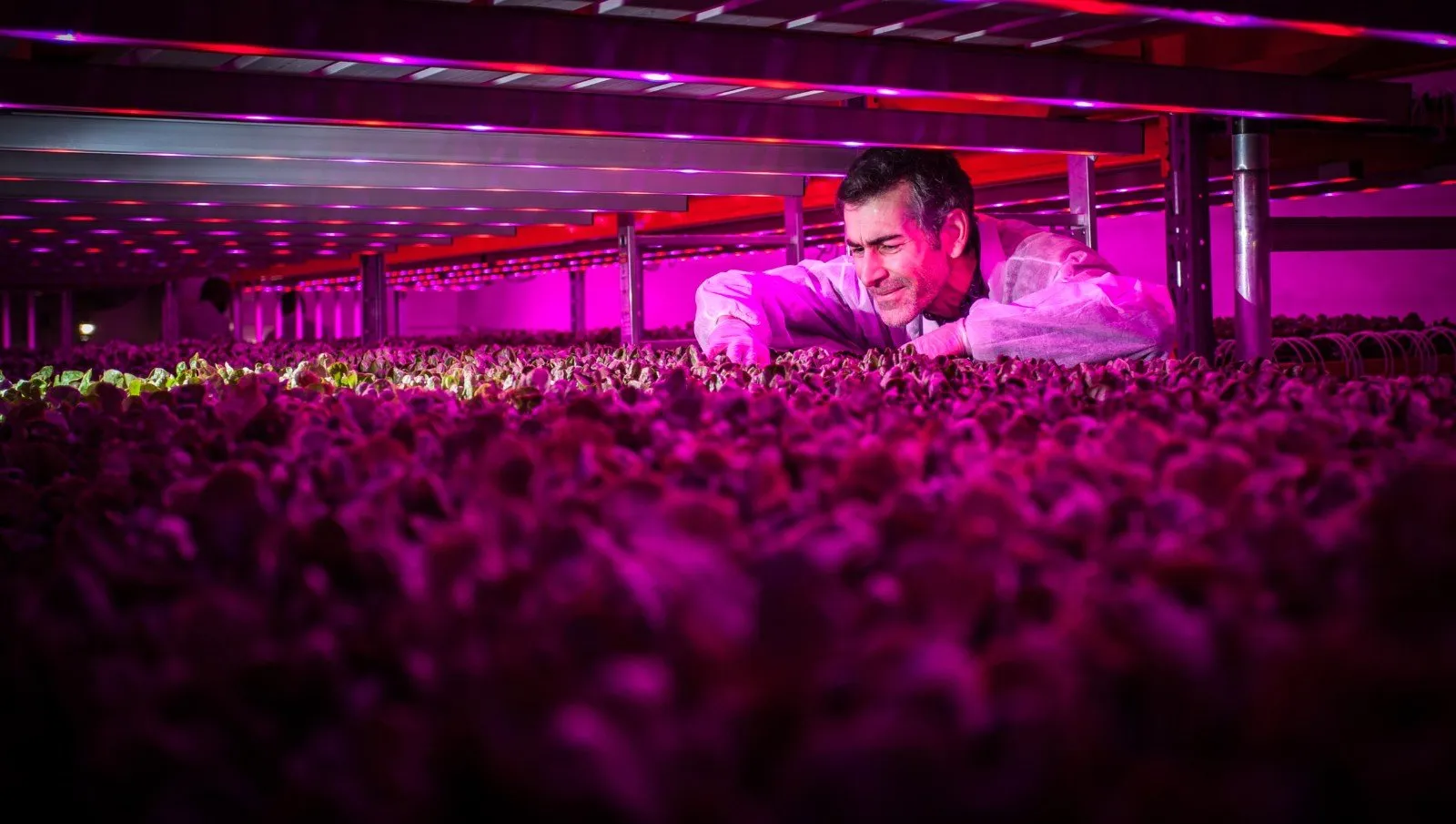In recent years, the utilization of light-emitting diodes (LEDs) in horticulture has gained significant traction due to their PPE efficiency, longevity, and versatility. LEDs emit light in various spectrum, each with specific wavelengths that influence plant growth and development. Among these, red 660nm, blue 450nm, and white LED lights play pivotal roles in plant illumination. 660nm Red …
More-
What are the role of 450nm 660nm LED and white LED in horticulture lighting?
-
High PPE LED For Horticole LED Grow Light
In the realm of modern agriculture and horticulture, the utilization of LED (Light Emitting Diode) technology has emerged as a prevalent choice, particularly in plant cultivation. From household gardening to commercial greenhouses, LED light sources have been widely employed to enhance the efficiency and quality of plant growth. This article delves into the application of …
More -
Analysis on the Advantages of Semiconductor Light Compensation in Greenhouse(三)
The evaluation of the effect of light quality on plant photosynthesis is widely derived from the light quantum yield (YPF) curve, which shows that the photosynthesis of 600~660 mm red orange light is 20%~30% higher than that of 400~460 nm blue green and blue light. When analyzing light quality based on YPF curve, HPS has …
More -
Analysis on the Advantages of Semiconductor Light Compensation in Greenhouse(二)
Analysis of light compensation technology Light compensation methods include top light compensation, interline light compensation, multi-layer light compensation, etc. Compared with the traditional light source, LED light source lamps are free to be larger in size, shape and power design, flexible in suspension mode and light in weight. A variety of light supplement technology models …
More -
Analysis on the Advantages of Semiconductor Light Compensation in Greenhouse(一)
Analysis of light source advantages Incandescent lamp is a common light source to create long sunshine, but its low electrical efficiency and low red to far red light ratio cannot improve stem elongation, so it is gradually prohibited from being sold and used. Compact fluorescent lamps and HPS have higher energy efficiency and higher R: …
More -
Greenhouse Lighting Technology
Nederhoff (2000) pointed out that LED is a promising technology for greenhouse lighting, which is more efficient and feasible than HPS. The photoelectric conversion efficiency of some LEDs is higher than that of HPS and is still improving. Also, red light is higher than HPS lamps in activating plant photosynthesis. LEDs have special light qualities …
More -
Facility Horticultural Semiconductor Lighting Technology
Facility horticultural lighting is a power-consuming process and a production engineering technology. Energy saving and high efficiency are the main goals to pursue. The facility horticultural LED lighting system is the executive body of the facility horticultural semiconductor lighting, and its intelligence and energy-saving performance are directly related to the lighting efficiency and effect. From …
More -
Photomorphogenetic Signals in Plants
Based on a systematic review of the role of phytochromes in stress response and research progress in defense mechanisms in recent years, the improvement of crop resistance by utilizing light quality and genetic improvement of genes related to phytochrome signaling pathway in horticultural plant production was discussed. The importance of promoting increased crop yields and …
More -
Photomorphogenetic Signals in Plants
Based on a systematic review of the role of phytochromes in stress response and research progress in defense mechanisms in recent years, the improvement of crop resistance by utilizing light quality and genetic improvement of genes related to phytochrome signaling pathway in horticultural plant production was discussed. The importance of promoting increased crop yields and …
More

